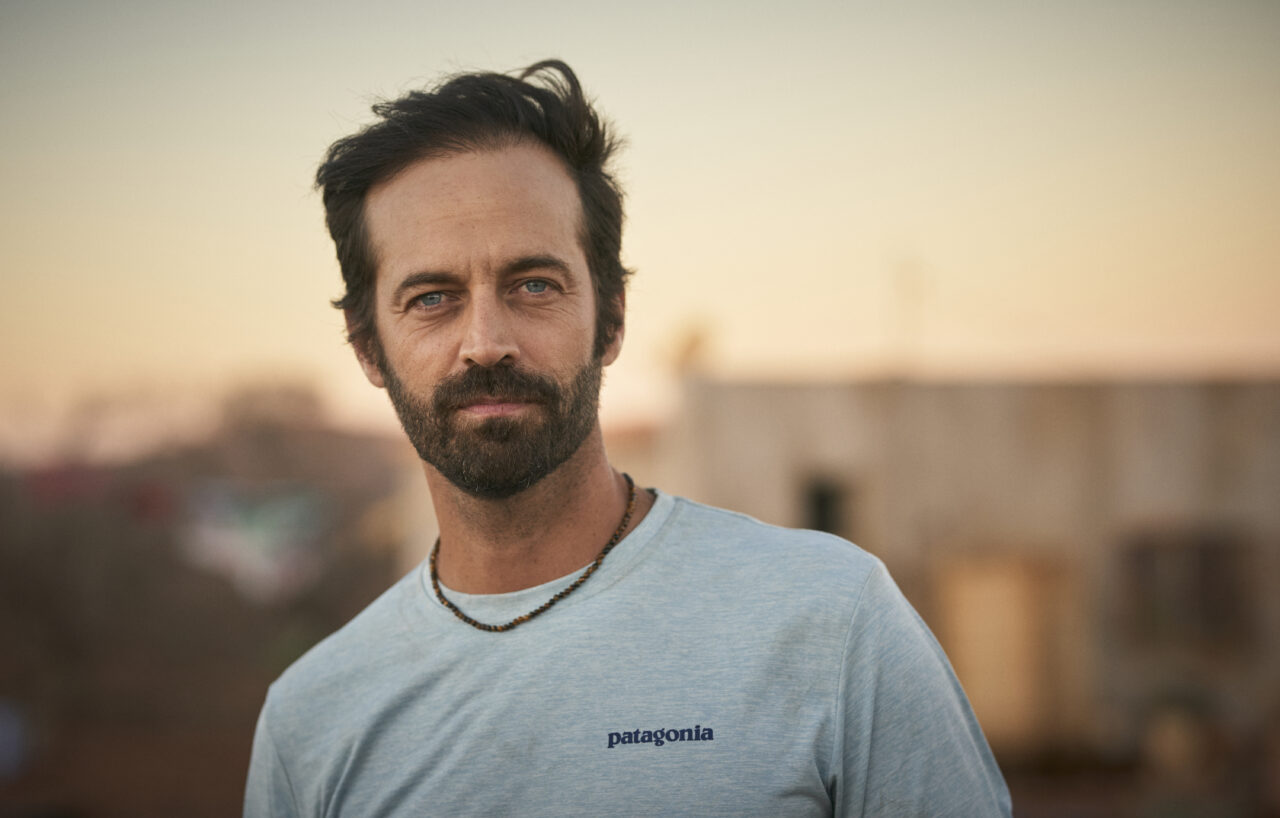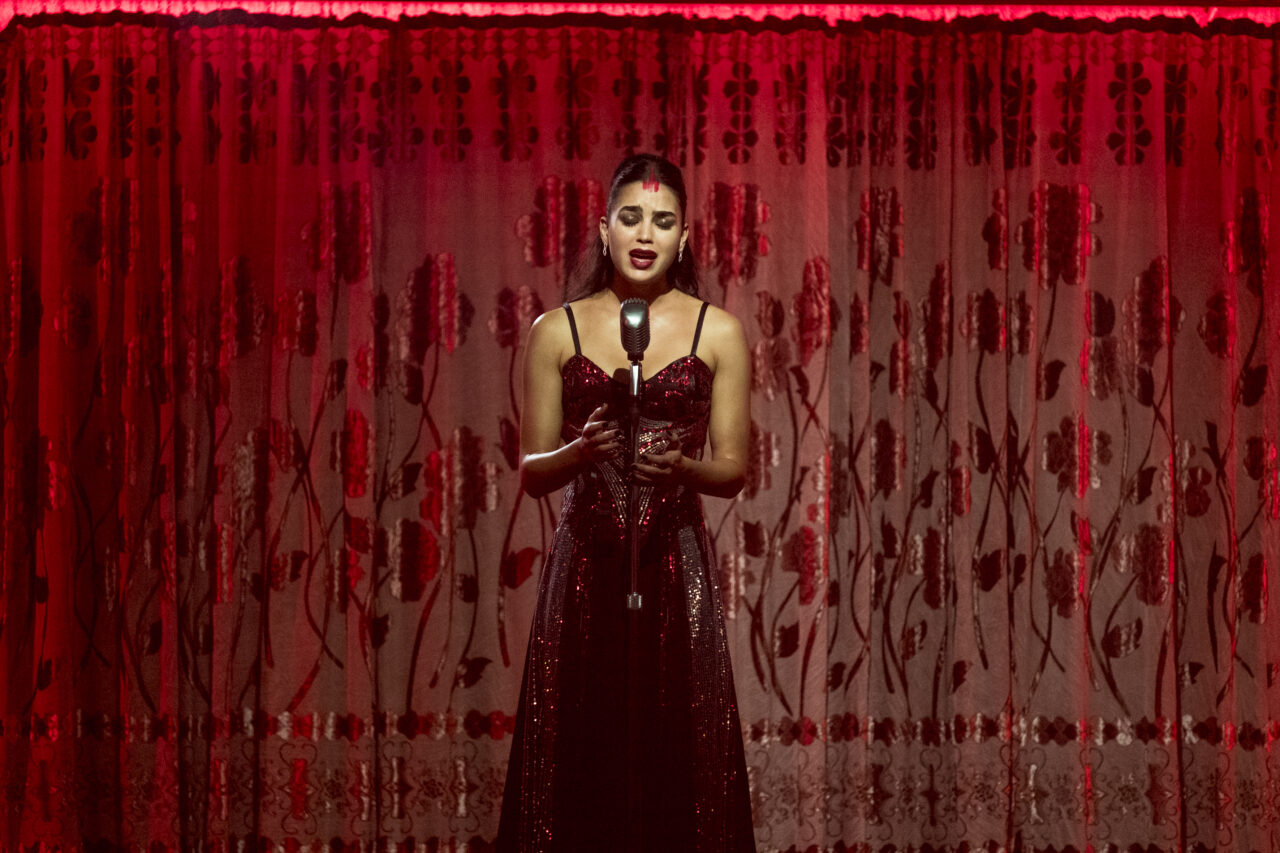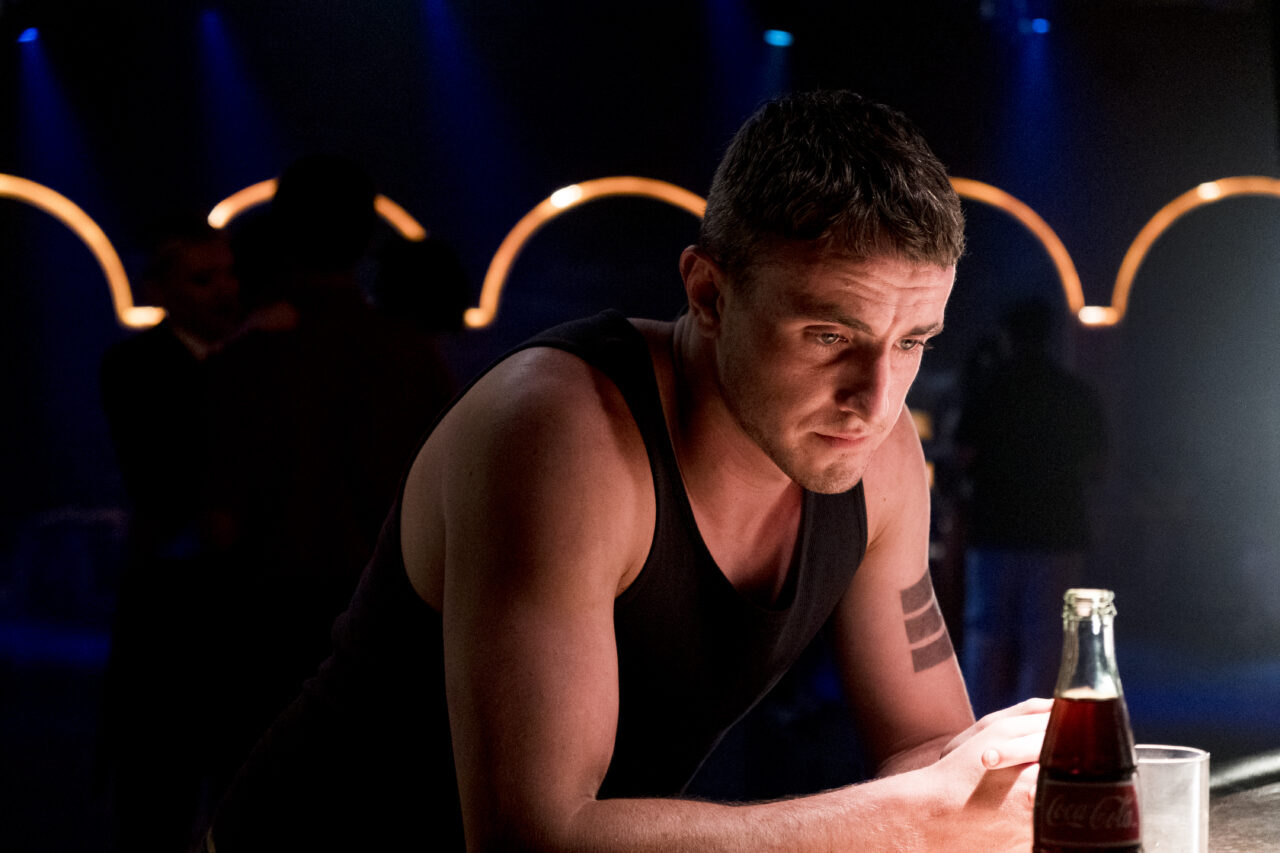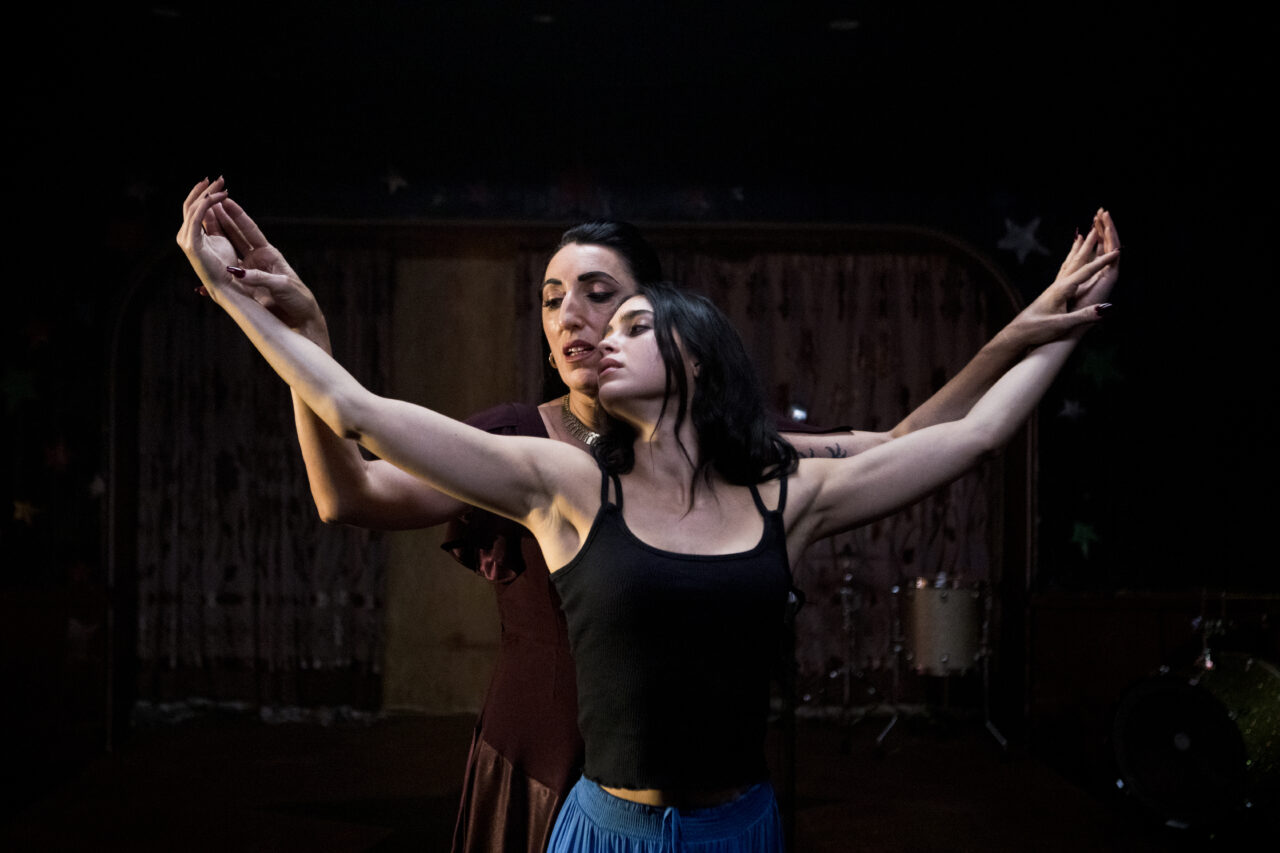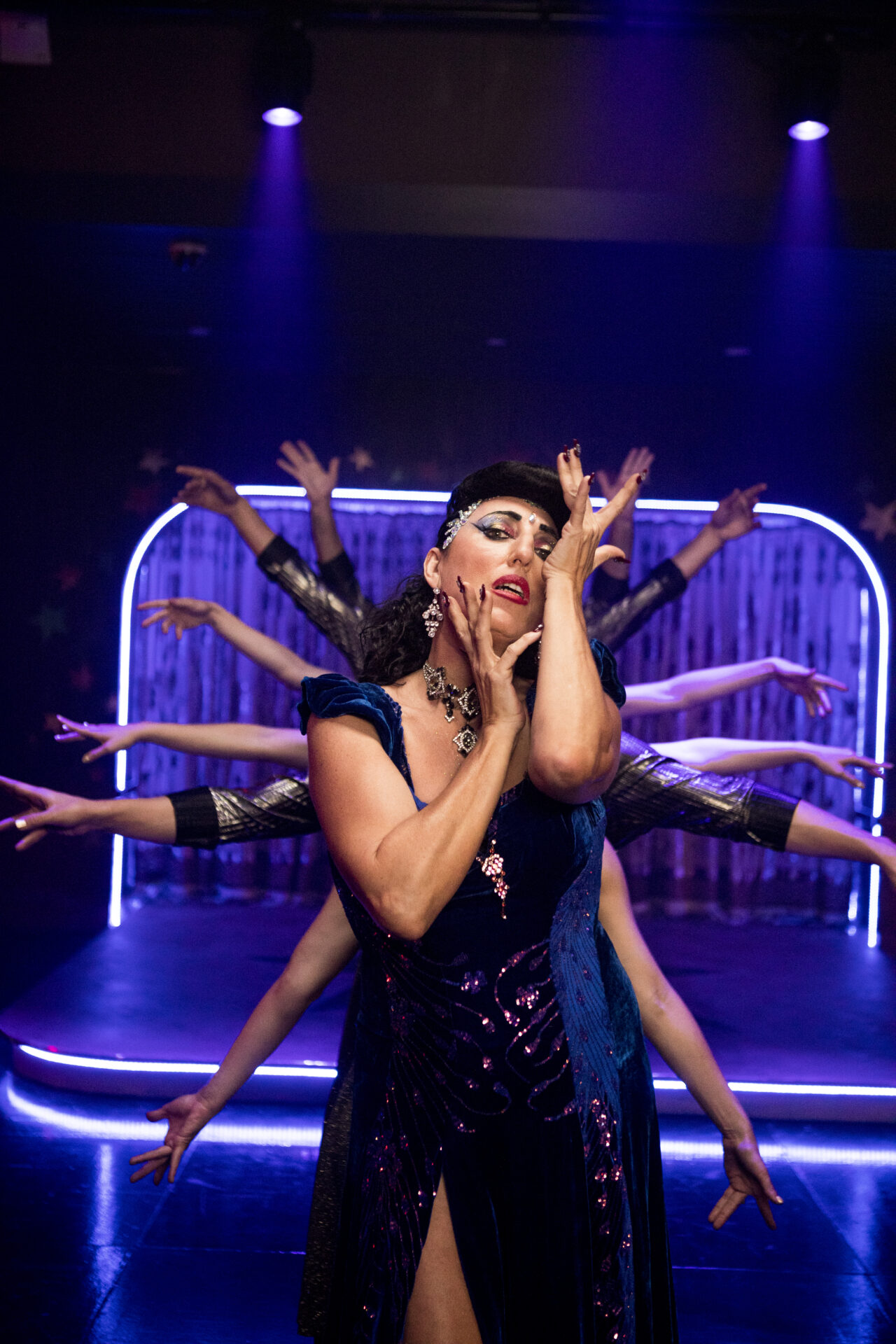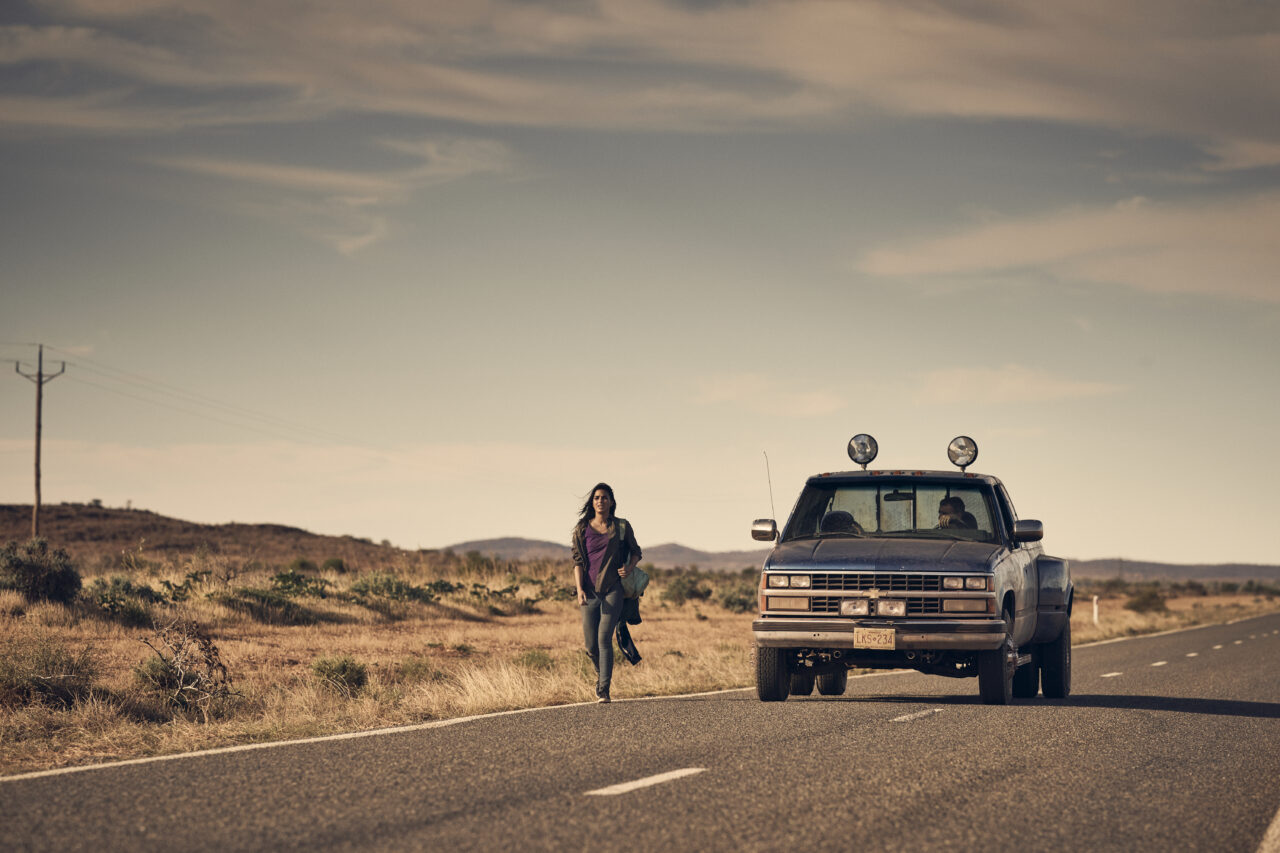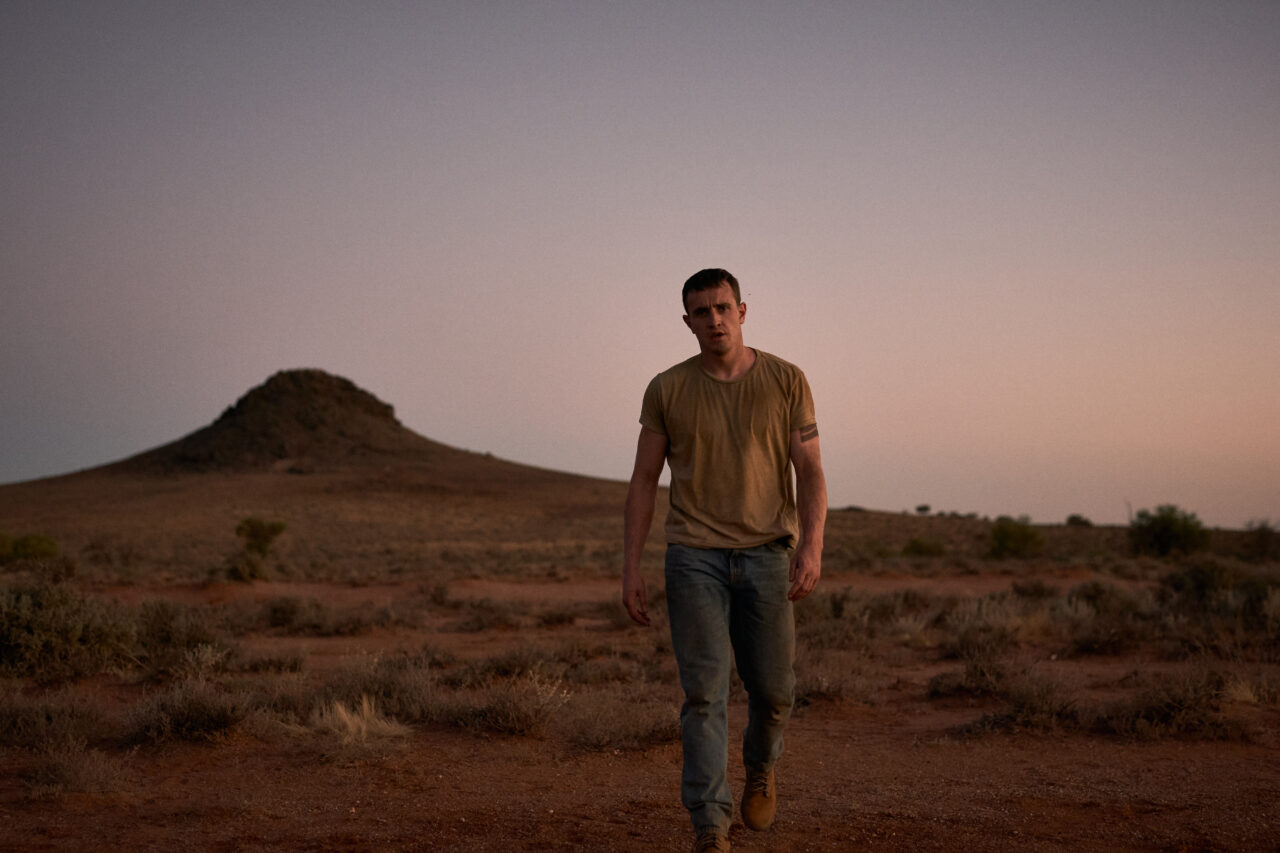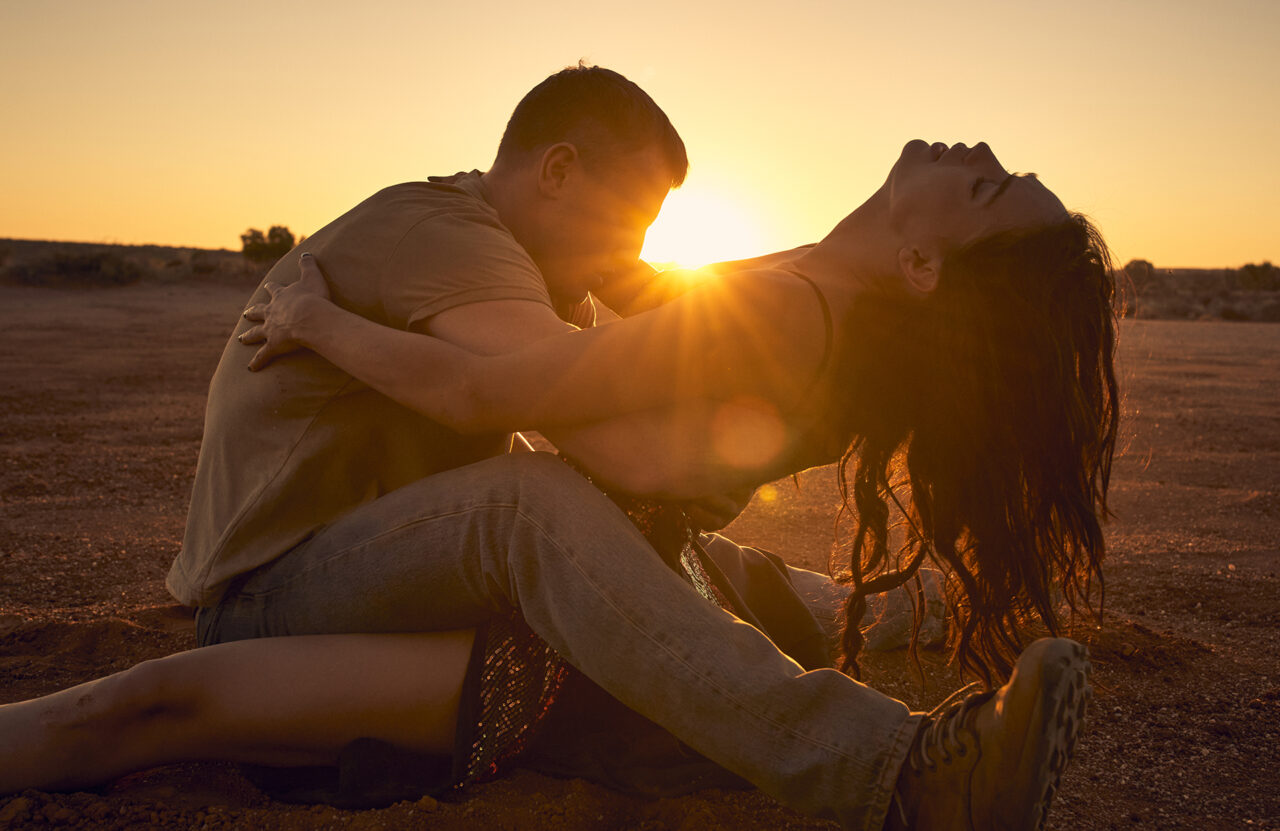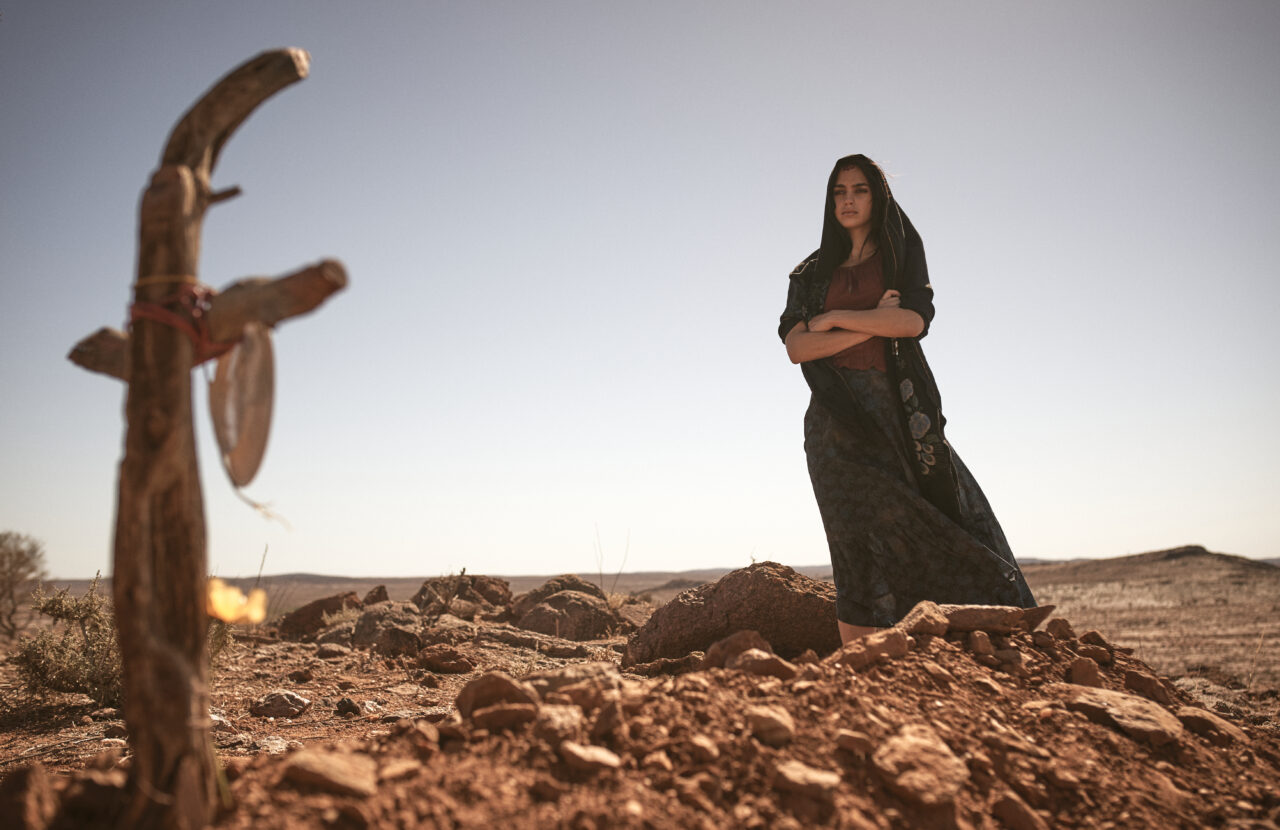For his debut film, Carmen, the world-renowned dancer and choreographer Benjamin Millepied puts a California spin on one of the world’s most famous operas. The result is nothing short of a creative coup. Here, C sits down with the multidisciplinary artist for a tête-à-tête on his latest endeavor
It seemed to be only a matter of time before Benjamin Millepied, one of world’s most celebrated creative talents, would find a way to express himself in Los Angeles’ quintessential medium. It marks the debut of Carmen, his long-awaited first feature film. The dramatic retelling of the famous opera, which Millepied directed, is brimming with multicultural dance sequences, original music, and poetry. The story centers around an independent young woman (played by Melissa Barrera) who is forced to escape her home in the Mexican desert and make the dangerous trek across the U.S. border, where she encounters Aidan (Paul Mescal), who is on patrol. Together they escape and head to L.A., where their love story unfolds as the police close in.
The film represents another beautiful manifestation of Millepied’s creative energy. After years as principal dancer with the New York City Ballet, he became a lauded choreographer, producing pieces for nearly every major ballet company in the world — including his beloved L.A. Dance Project (LADP), which he c0founded in 2012. Over the years he has collaborated with contemporary artists such as Mark Bradford, Barbara Kruger, and Christopher Wool, as well as the L.A. fashion house Rodarte. And don’t forget the time he starred in and choreographed Darren Aronofsky’s Black Swan or his stint as director of the prestigious Paris Opera Ballet.
Following the L.A. screening of Carmen at Soho House in West Hollywood, C’s Founder + Editorial Director Jennifer Smith sat down with her longtime friend to talk about the parallels between filmmaking and choreography, lessons learned from his intrepid protagonist, and how Millepied is planning his own return to the stage this summer after a 14-year hiatus.
Jennifer Smith: You’ve had such a prolific career in dance and choreography. Have you always dreamed of creating movies, too?
Benjamin Millepied: It’s not that I always dreamed of creating movies. My first introduction to cinema were films my mother took me to. One was an Indian movie called The Music Room, and the dancing in that film inspired the opening scene of Carmen. After that, we saw double-feature westerns on TV in France every Saturday night. And then, of course, there was White Nights.
JS: The ’80s dance drama with Mikhail Baryshnikov.
BM: All those films played a big part in my desire to come to America. Last night, actually, we had the first screening in New York City. Two of my friends who attended were with me in the New York City Ballet when we were dancing seven shows a week and doing 150 shows a year. On Sunday nights, after these grueling weeks, we watched all this incredible American cinema from the ‘70s, ‘80s, and ‘90s. I saw my first Coen brothers films, David Lynch, and French cinema during that time.
JS: Is that when you made your first film?
BM: I started to make short films. My first dance film was in 2001. I’ve had a camera around my neck since I discovered my grandfather’s medium-format Rolleiflex in a suitcase. I was always taking pictures, and when you’re a principal dancer you do what we call gigs, where you are asked to go perform The Nutcracker and this and that in all these interesting places. During my travels I fell in love with the work of William Eggleston.
JS: It sounds like you were developing a serious hobby.
BM: It’s more that I was interested in and curious about the art form. Then little by little it taught me about framing and lighting and all those things.
JS: Tell me about the idea for Carmen.
BM: I knew one day I wanted to make a film, and Carmen was on my mind because the opera was part of my childhood and I saw connections among the female protagonist, my mom, and my family history.
JS: Even though they are in love, the two central characters carry a lot of pain — Carmen’s grief, Aidan’s PTSD. What else draws them to each other?
BM: It’s really about the connection of life and death. In Mexican culture, even when people are dead they can help you and they remain part of your life. So Aidan carries Carmen to life, and she carries him to death. It’s an experience he has never had and one that she carries on.
JS: What attracted you to flamenco dancing and the mysticism around the film’s gypsy culture?
BM: My own belief that in my life there have been so many coincidences that aren’t coincidences. I like this kind of magical realism. My brother is an excellent flamenco player, and we had Romanis at the house all the time. They went to certain areas in Bordeaux in the caravans. For Carmen, I scouted in Mexico extensively, and I met with an anthropologist and learned about a large community of Romani people who immigrated to Mexico in the early 20th century. They traveled by trucks and put on shows. The community still exists, and I had access to them when I was shooting the opening of the movie. The culture actually originated in India, and the dancing in the opening is an Indian rhythm that is also very much in flamenco.
JS: The dance set pieces are particularly beautiful and memorable. How did you decide when to include them in the story?
BM: It’s not unlike when I create a ballet. The music comes first, and there are always sections that are very clear and end up in the finished dance. They can be some of the best sequences. Those moments were pillars in the story.
JS: The film — which features original songs, dance, and poetry — required you to work in several artistic mediums. Which do you enjoy most?
BM: I loved all of it. The thing that’s liberating is to be able to take the eye of the viewer and say, “Okay, what does this scene need?” It’s really exhilarating to make these decisions and to make the work as beautiful as possible.
JS: How do you compare being a choreographer to a director or a screenwriter?
BM: The process of screenwriting was completely foreign to me. As a choreographer, I get to go in the studio and create something that is of the moment. I pick a score that I want to express and it’s very instinctive. With film, you’re writing a script and you don’t realize your art is the same thing. It’s really just a continuation of making dances. You’re trying to explore something in your life. You get deeper into yourself. It’s something I have to do.
JS: At one point, Carmen’s mother’s friend says “dancing will heal you” when talking to Carmen about her grief. Has this been true in your experience, too?
BM: I think dancing was a therapy for me. I grew up in a complicated house, but there was music. I think music is the beginning of everything. My brothers were musicians, my father loves music, and I have this ability for movement. Dancing was a place for me to have this intimate experience of my emotions and express them, whether it was anger or joy and just intensity. It was a place to just free myself. It saved me.
JS: You’re also using LADP as way of helping others through dance.
BM: I have a fantastic program with underprivileged kids in L.A., and I just started to build a program in Paris. Last week I taught the kids how to breathe, how that is the first thing. Little by little I’ll get them to move and be creative and have confidence. It’s totally dance as therapy and dance as a place to release your emotions. What dance can do is really spectacular.
JS: Do you think Carmen is just the start of your career as a filmmaker?
BM: I hope so. I have two finished scripts — one that takes place in Paris and the other is set in Memphis.
JS: In the meantime, I am looking forward to seeing you in Paris this summer, when you come out of dance retirement.
BM: Yes, I’m doing a solo performance in June and July in Europe. I’m going to perform a one-hour performance with Alexandre Tharaud, who is one of the great French pianists. I haven’t danced in 14 years. Don’t be scared.
Photography by @Goalpost Pictures. Courtesy of SONY Pictures Classics.
April 21, 2023.
Discover more PEOPLE.


